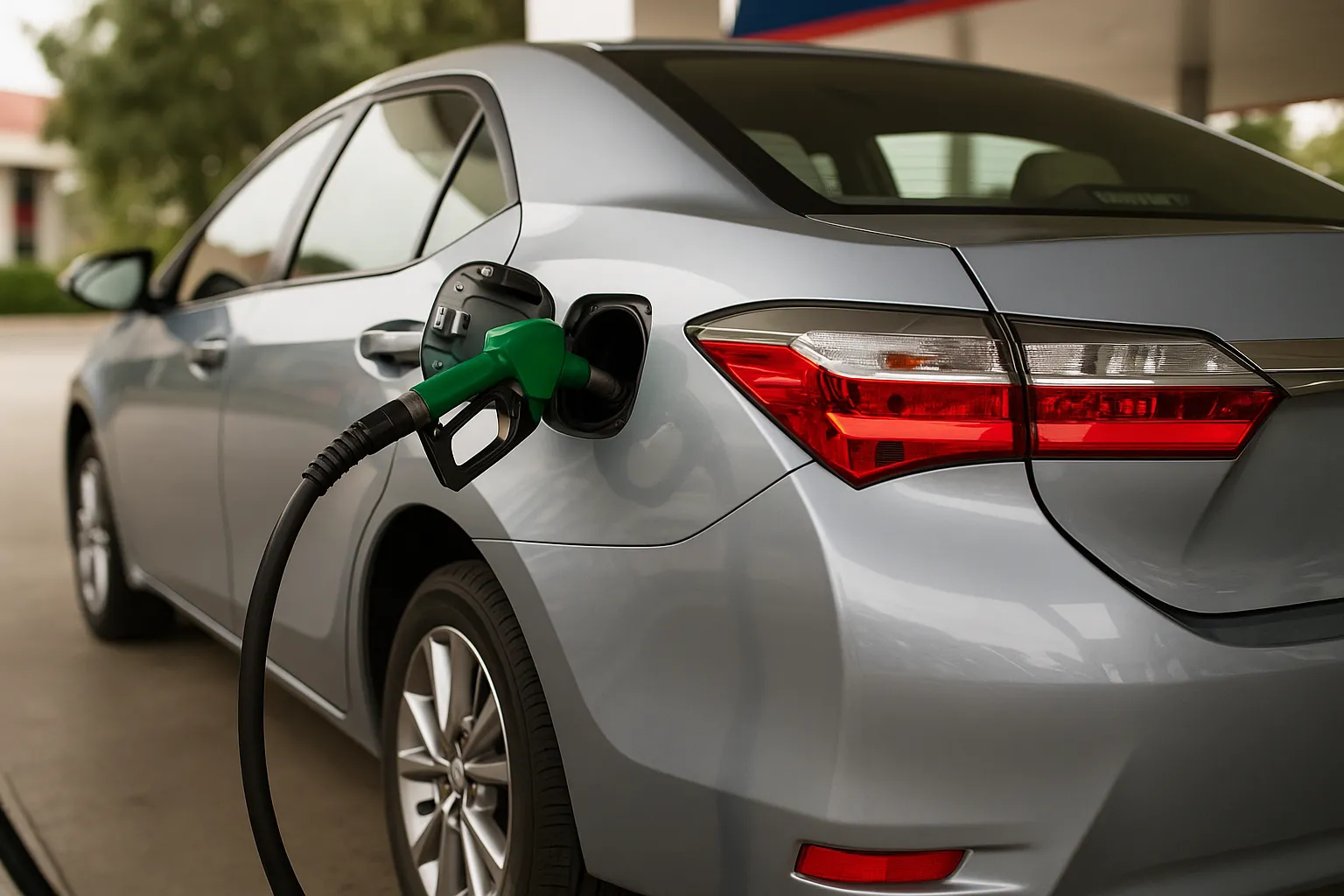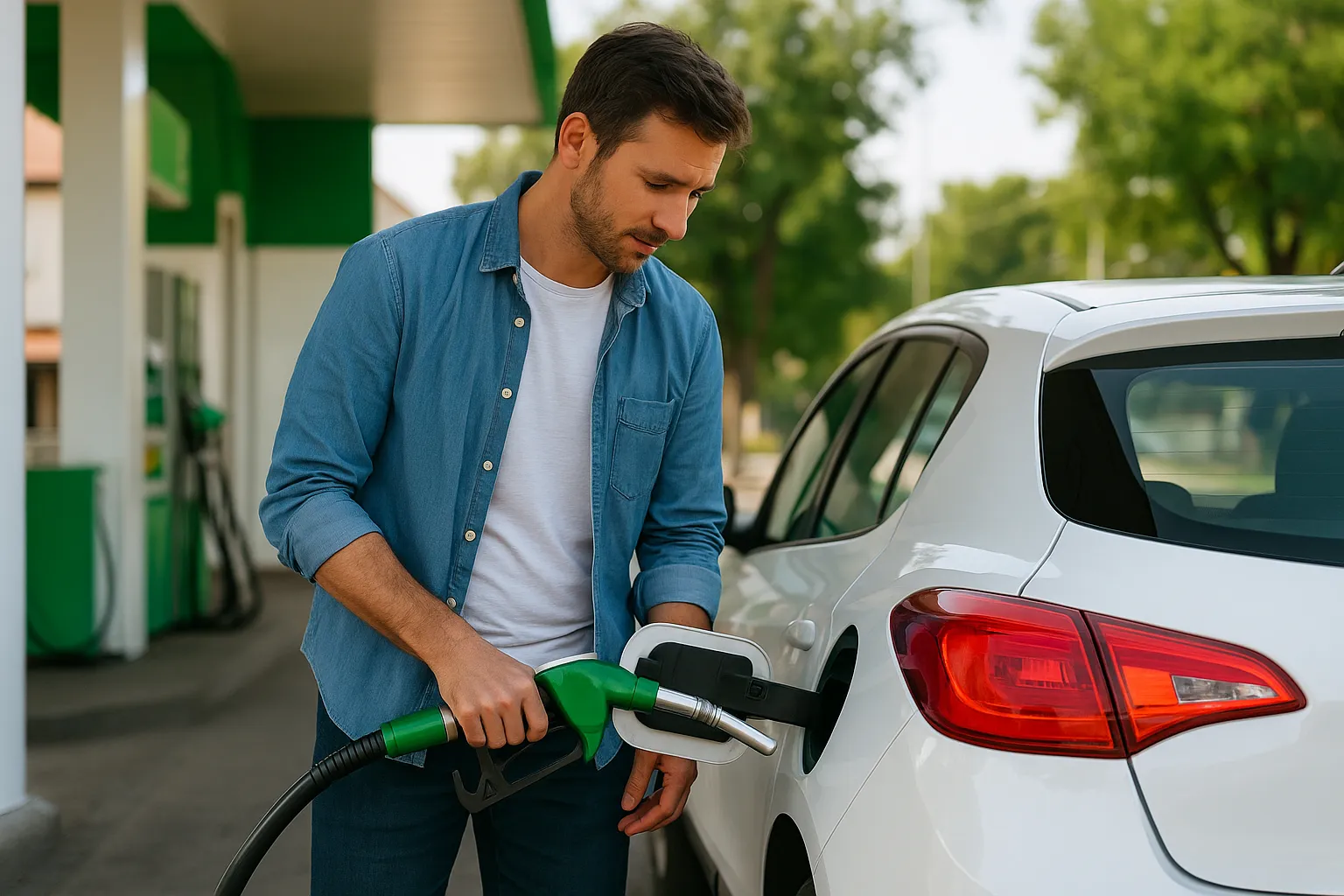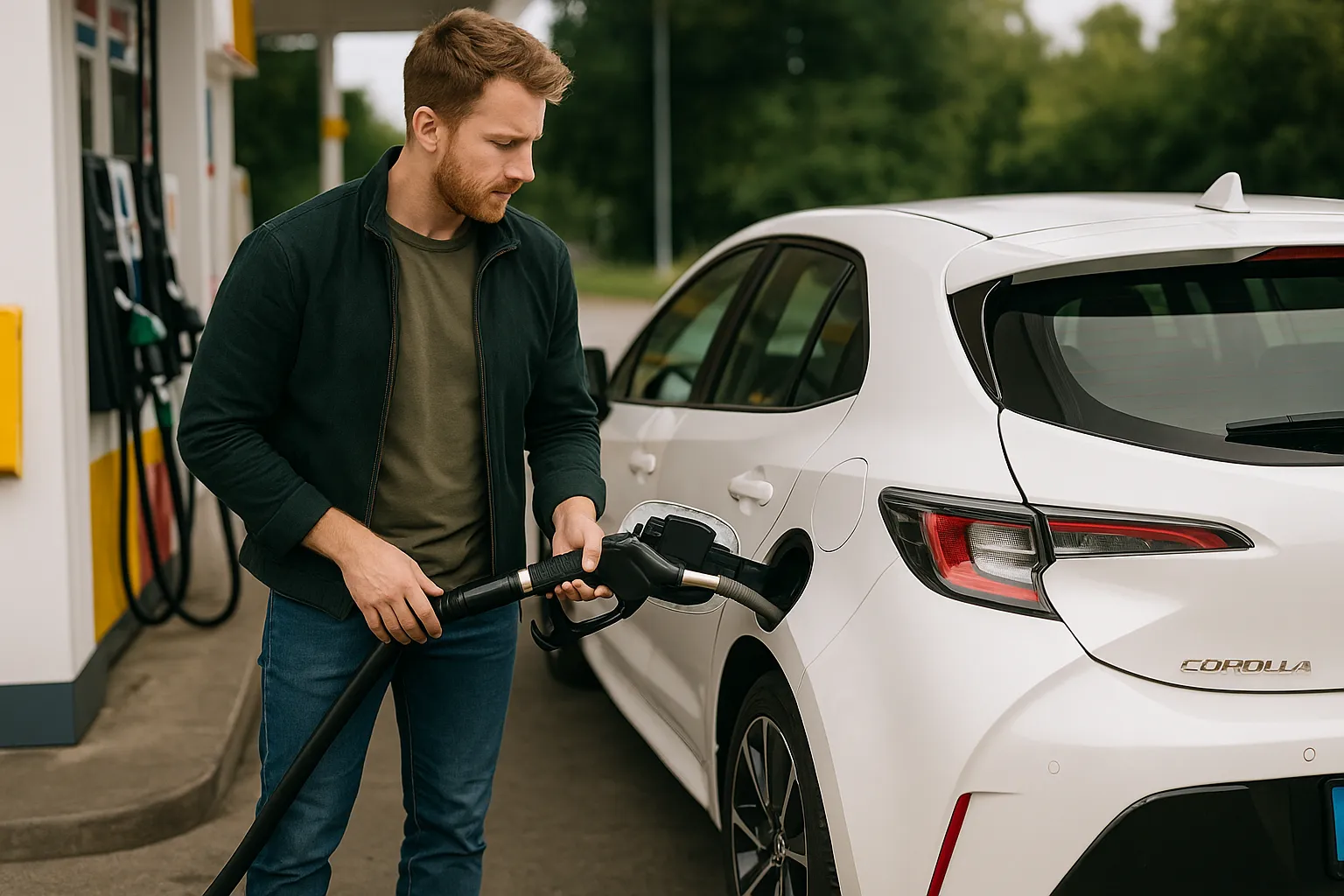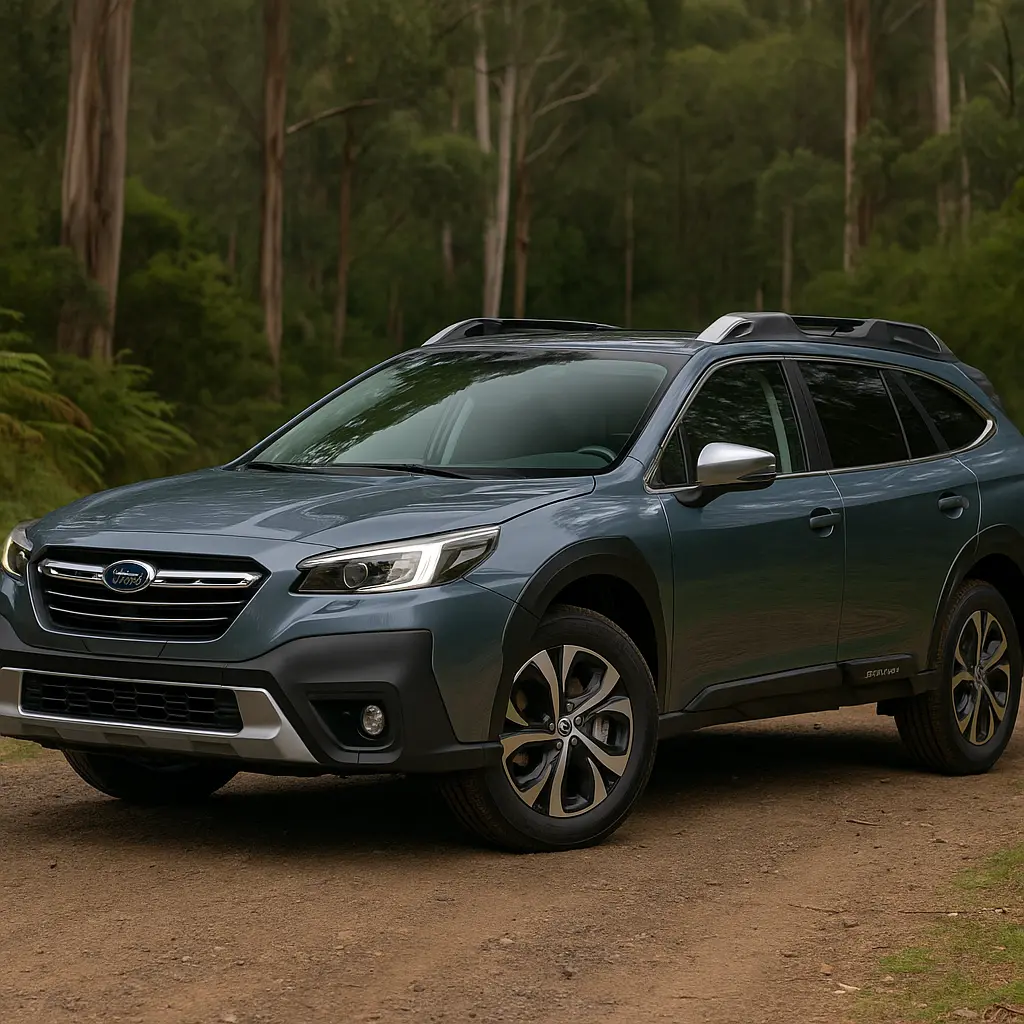Introduction: Fuel Efficiency – What’s Fact and What’s Fiction?
With petrol prices fluctuating across Australia and fuel economy becoming more critical than ever, Aussie drivers are on a constant mission to reduce fuel costs. But in that pursuit, many have fallen for outdated tricks, garage myths, and well-intentioned (but wrong) advice passed around for decades.
In this blog, we separate fuel-saving fact from fiction. From whether premium fuel is worth the cost to whether your air conditioner kills your tank range, we uncover the most widespread fuel efficiency myths and give you the science-backed truth.

Myth #1: Premium Petrol Always Improves Fuel Economy
The Claim: Filling up with premium unleaded (95 or 98 RON) gives you better mileage and performance—even if your car doesn’t require it.
The Truth:
Unless your owner’s manual recommends or requires premium fuel, using it offers no real benefits in fuel efficiency or engine performance. Modern ECUs are designed to adjust timing for lower-octane fuels. While high-octane fuel can help high-compression or turbocharged engines avoid knocking, it's often overkill (and a waste of money) in standard engines.
When It Makes Sense:
- If your car has a turbo or supercharger
- If the manual specifically says 95+ RON
- If you’re towing or driving long distances in hot conditions
Verdict: Myth. Save your money unless your car specifically needs premium fuel.
Myth #2: Filling Up at Night Gets You More Fuel
The Claim: Petrol is denser when it's cooler, so you get more bang for your buck by filling up early in the morning or late at night.
The Truth:
Fuel stations store petrol in underground tanks, where temperature is relatively constant regardless of the time of day. Any density variation is negligible and won’t impact how much fuel you receive. You’re not beating the system by fuelling up after dark.
Verdict: Myth. Fuel temperature at the nozzle barely changes, day or night.
Myth #3: Idling Uses Less Fuel Than Restarting the Engine
The Claim: It’s better to keep the engine running at stoplights or when waiting in traffic because restarting uses more fuel.
The Truth:
This might have been true in cars from decades ago, but modern engines are fuel-injected and computer-controlled. They use very little fuel during ignition and far less than idling for more than 10 seconds.
Better Practice:
If you’re stopped for more than 30 seconds, shut off the engine. You’ll save fuel and reduce emissions. That’s why many new cars come with automatic stop-start systems.
Verdict: Outdated Myth. Modern engines are smarter than you think.
Myth #4: Fuel Additives Dramatically Improve Efficiency
The Claim: Pour-in additives from auto stores can clean your engine and give you more kilometres per litre.
The Truth:
While certain additives might help keep injectors clean or reduce carbon build-up, they rarely lead to significant fuel efficiency gains. Many are simply detergents. Any minor improvement is often too small to justify the cost, especially if you already use top-tier fuel.
Verdict: Partial Myth. Use occasionally for engine health, not to improve fuel economy.
Myth #5: You Get Better Mileage by Driving With Windows Down Instead of A/C
The Claim: Turning off the aircon saves fuel, so open the windows instead.
The Truth:
It depends. At lower speeds (under 60 km/h), windows down may save fuel. But at highway speeds, open windows increase aerodynamic drag significantly—making your car work harder.
Best Tip:
- In city driving: windows down = slight savings
- In highway driving: A/C on and windows up = more efficient
Verdict: Situational. Depends on speed and conditions.
Myth #6: Manual Cars Are Always More Fuel Efficient
The Claim: Manuals are simpler and more efficient, so they always beat autos in fuel economy.
The Truth:
That may have been true in the past, but today’s automatic transmissions—especially CVTs and dual-clutch units—are often more fuel-efficient than manuals. Modern autos shift at optimal revs and adapt to driving styles better than most humans.
Example:
- 2025 Toyota Corolla with CVT gets better mileage than its manual counterpart
- Mazda 3 automatic is often equal or better in economy than manual
Verdict: Outdated Myth. Autos have caught up—and in many cases, surpassed manuals.
Myth #7: Big Cars Are Always Fuel Guzzlers
The Claim: The larger the car, the worse the fuel economy.
The Truth:
While bigger vehicles do tend to consume more fuel, new engineering has blurred the line. Thanks to turbocharging, hybrid systems, better aerodynamics, and lightweight materials, many SUVs now rival small cars in economy.
Examples:
- Toyota RAV4 Hybrid: ~4.7L/100km
- Mitsubishi Outlander PHEV: Efficient SUV with plug-in ability
- Hyundai Santa Fe Hybrid: Big family SUV, not a fuel hog
Verdict: Generalisation. Check the real-world specs.
Myth #8: Cruise Control Saves Fuel on All Roads
The Claim: Cruise control always helps you save fuel by maintaining constant speed.
The Truth:
Cruise control works best on flat highways. On hilly roads, it can use more fuel as it aggressively tries to maintain speed, often downshifting or revving too high. Adaptive cruise systems help, but it’s not always ideal.
Pro Tip: Use cruise on highways. Avoid it on hilly, stop-start terrain.
Verdict: Situational Myth. Use wisely.
Myth #9: Smaller Engines Are Always More Efficient
The Claim: A 3-cylinder 1.0L engine will always use less fuel than a 2.0L.
The Truth:
Not necessarily. Smaller engines often need to work harder—especially when the car is loaded or driving uphill. Turbocharged small engines (downsized engines) can achieve good economy under light load but may consume more under strain.
Examples:
- Ford Puma 1.0L EcoBoost may use more fuel under heavy acceleration
- Naturally aspirated Toyota engines often offer better real-world economy
Verdict: Myth. Efficiency depends on load, driving style, and tuning—not just displacement.
Myth #10: You Must Warm Up Your Car Before Driving
The Claim: Letting your car idle for 5–10 minutes before driving improves fuel economy and engine health.
The Truth:
Modern engines are designed to be driven within 30 seconds of starting. Idling just wastes fuel. Light driving is the best way to warm up the engine efficiently.
Cold Tip:
- In cold mornings (even in Victoria or Tassie), 30–60 seconds is enough
- Drive gently for the first 5 minutes
Verdict: Myth. Idling = wasted fuel.

What Actually Improves Fuel Efficiency?
Here are proven ways to boost your fuel economy:
✅ Keep Tyres Properly Inflated
Underinflated tyres increase rolling resistance. Even a small PSI drop can cut your mileage by 3-5%.
✅ Drive Smoothly
Avoid sudden acceleration and heavy braking. Aim for gradual throttle use and early upshifts.
✅ Reduce Excess Weight
Remove roof racks, unnecessary cargo, and dead weight in the boot. Every 50 kg affects your economy.
✅ Stick to Maintenance Schedules
Clean air filters, working spark plugs, and proper oil grades are key to an efficient engine.
✅ Use the Right Engine Oil
Thicker oil than specified can reduce efficiency. Always stick to the manufacturer’s recommendation.
✅ Combine Short Trips
Cold starts use more fuel. Combine errands into one trip to maximise engine temperature and efficiency.
Bonus Tips for Aussie Drivers in 2025
- Use Fuel Price Apps: Apps like FuelCheck NSW or PetrolSpy help you find the cheapest servo nearby.
- Avoid High RPMs: Especially in petrol cars, keeping revs between 1,500–2,500 RPM usually gives best results.
- Use Eco Mode: Most new cars have drive modes. Eco mode reduces throttle response and A/C intensity.
- Watch for Traffic Light Idling: If you're stuck at lights with a long wait, turn off your engine.
- Avoid Ethanol Blends (if not compatible): Some cars lose fuel economy with E10 vs standard unleaded.
Common Fuel Efficiency Myths in Australia: Recap
| Myth | True or False? |
|---|---|
| Premium fuel always improves mileage | ❌ False unless required |
| Refuelling at night gives more petrol | ❌ False |
| Idling saves fuel vs restarting | ❌ False |
| A/C kills fuel economy | ⚠️ Sometimes true |
| Small engines are always better | ❌ False |
| Cruise control saves fuel everywhere | ⚠️ Sometimes true |
| Manual > Auto in fuel savings | ❌ Often false in modern cars |
| Additives improve efficiency | ⚠️ Minimal benefit |
| Big cars are always gas guzzlers | ❌ Not anymore |
| Warming up by idling is better | ❌ False |
Final Thoughts: Stop Believing the Hype
Fuel efficiency isn’t about magic additives or myths passed down at the pub—it’s about smart habits, regular maintenance, and understanding how your car actually works. In 2025, with smarter engines and evolving tech, it’s time Aussie drivers stopped believing fuel myths that belong in the past.
Next time someone tells you to idle for 10 minutes “to warm her up,” you’ll know better—and save at the pump too.
Leave a comment
Your email address will not be published. Required fields are marked *




